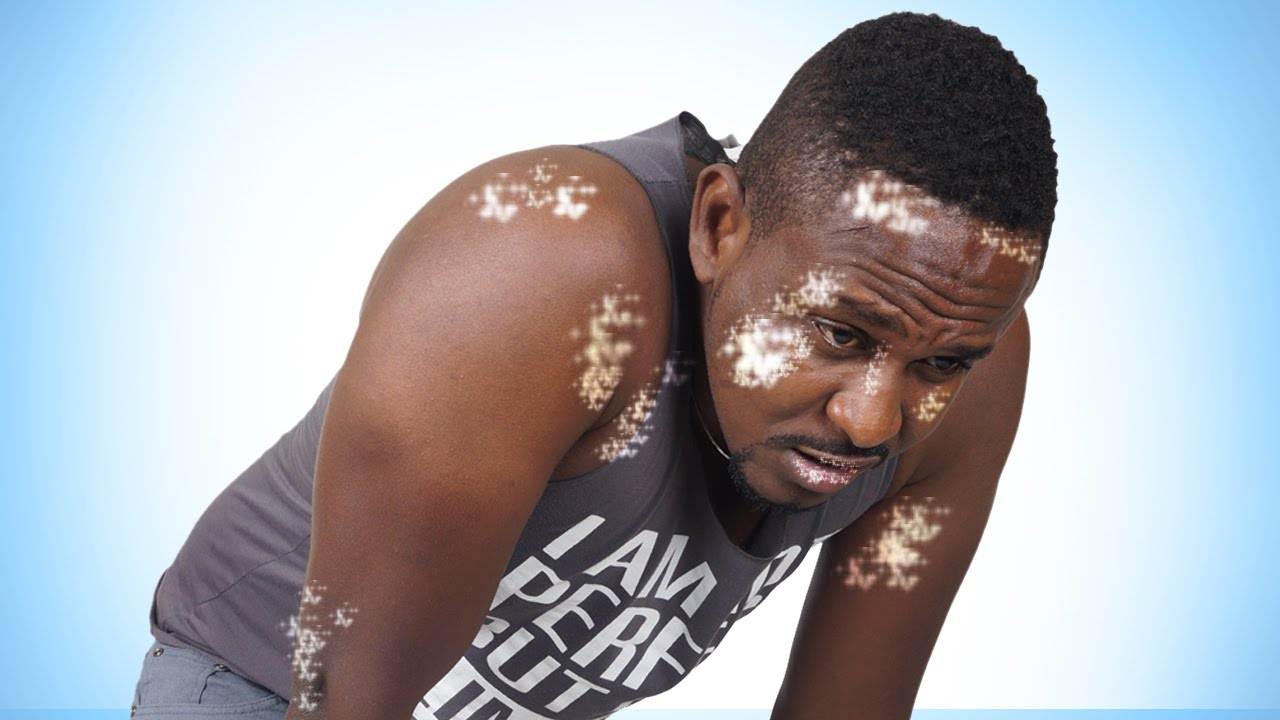On July 19, Incyte announced that the FDA approved ruxolitinib cream 1.5% for the topical treatment of non-segmental vitiligo in adults and children over 12 years of age. This is the first FDA-approved vitiligo therapy and the first and only approved topical JAK inhibitor.
Vitiligo is a chronic autoimmune disease characterized by depigmentation of the skin. Excessive activation of the JAK signaling pathway induces an inflammatory response in the pathological process of vitiligo. Ruxolitinib is a first-in-class JAK1/JAK2 inhibitor developed by Incyte, which can treat vitiligo by inhibiting the JAK signaling pathway.
In November 2009, Novartis entered into an agreement with Incyte to commercialize ruxolitinib outside the United States. In November 2011, ruxolitinib tablets were approved for the first time in the United States for the treatment of myelofibrosis. Subsequently, new indications were successively expanded, including plant-versus-host disease (GVHD) and polycythemia vera. In September 2021, ruxolitinib cream (trade name: Opzelura) was launched in the United States for short-term and discontinuous long-term treatment of non-immunocompromised patients with mild to moderate atopic dermatitis (AD) aged 12 years and older. Became the first FDA-approved topical JAK inhibitor.
This FDA approval is based on data from two pivotal Phase III clinical trials (TRuE-V1, TRuE-V2) designed to evaluate the efficacy of ruxolitinib cream in more than 600 patients with non-segmental vitiligo aged 12 years and older Safety and efficacy.
The results showed that at the 24th week of treatment, nearly 30% of the patients in the ruxolitinib treatment group had a ≥75% improvement in the facial vitiligo severity index from baseline (F-VASI75), while the vehicle (non-drug cream) control group had an improvement of ≥75% from baseline. About 8% (TRuE-V1) and 13% (TRuE-V2), respectively. At week 52 of treatment, approximately 50% of patients in the treatment group achieved F-VASI75.
In addition, at 24 weeks of treatment, more than 15% of patients in the ruxolitinib-treated group had a ≥90% improvement from baseline in the Facial Vitiligo Severity Index (F-VASI90), compared with only 2% in the vehicle control group. At week 52 of treatment, the proportion of patients in the ruxolitinib-treated group who achieved F-VASI90 doubled to approximately 30%.
In terms of safety, the most common adverse reactions (incidence ≥1%) were application site acne, application site pruritus, nasopharyngitis, headache, urinary tract infection, application site erythema and fever.
“With the approval of ruxolitinib for the treatment of non-segmental vitiligo, Incyte once again provides a treatment option for patients with unmet medical needs,” said Incyte CEO Hervé Hoppenot. “We’re proud of the scientists and development team at Incyte who made this milestone possible, and we’re delighted that eligible vitiligo patients now have an option to address their pigmentation problems.”
“Vitiligo is an immune-mediated disease with an unpredictable course and difficult treatment,” said Dr. David Rosmarin, vice president of dermatology research and education at Tufts Medical Center. “To date, there is no FDA-approved treatment for vitiligo, so the approval of ruxolitinib marks an important milestone.”









